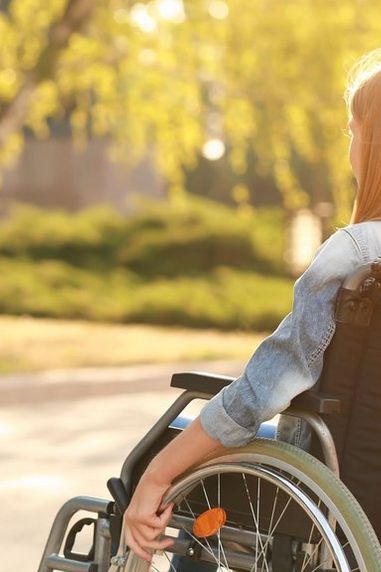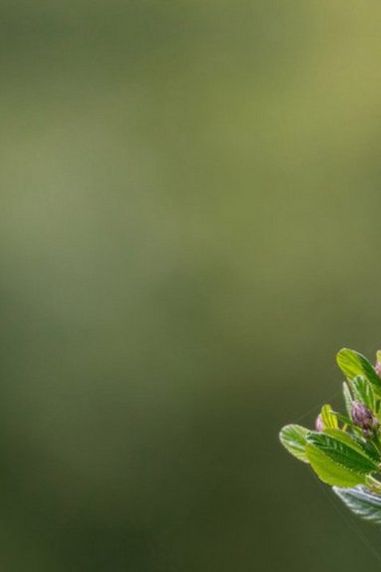We've put together a handy guide to help you understand the different types of camping gas canisters, which one you need for your camping stove, and other useful facts to give you a greater understanding of camping gas bottles. Camping gas can be complicated to use, and if you get it wrong, you may be going hungry, so check out our top tips for staying safety when using gas and fuel while camping.
Gas Bottle Types
Large Gas Cylinders
Large gas cylinders are the most cost effective resealable fuel source for camping that can be attached to most large stoves and cookers. This source of fuel is best for large families or when you are taking a longer holiday. You should consider however that this is a bulky, heavy item, so it's best for when driving to your camping trip.
The cylinders are also refillable, helping to reduce wastage, and as a result are more environmentally friendly. Please be aware that this fuel source will need a gas regulator that will control the flow of gas and gives a fuel indicator, letting you know when it needs refilling.
Pierceable Cartridge
Is the cheapest and the lightest fuel cartridge, perfect for short camping trips and trekking holidays. These fuel canisters can only attach to certain stoves and once they are attached, they can't be removed till the canister is empty.

Threaded Cartridge
This is a reusable fuel cartridge that is a lightweight and ideal for multiple camping holidays. The threaded attachment point will fit onto most stoves and can be the self-sealed whenever needed. This is the most commonly found fuel source and the thread attachment point is a common stove attachment point as well.

Resealable Canister
Resealable canisters are used with the bistro stove and any other similar style camping stoves. They are lightweight, easy to use and available at a range of shops and campsites.
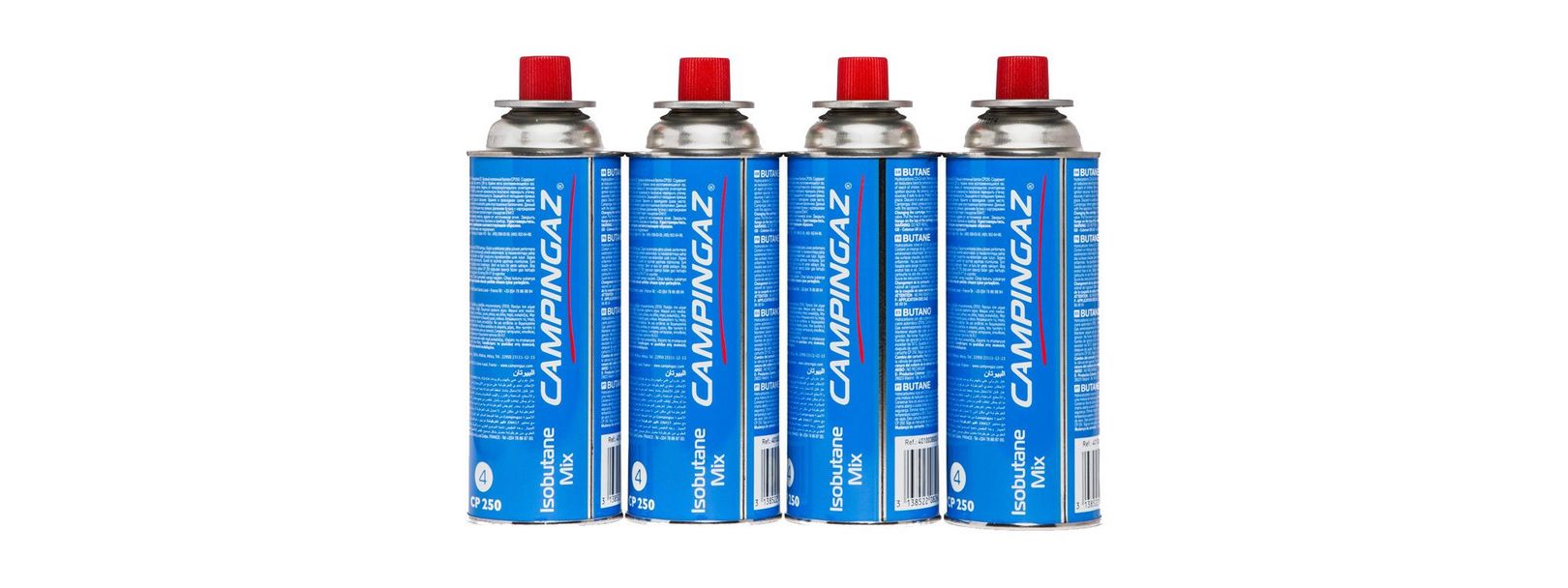
Propane or Butane Gas?
When it comes to choosing which gas to use for a camping stove, there are a few things to consider. Propane has a higher pressure and a lower boiling point. The extra pressure means it burns hotter which helps reduced cooking times, and the lower boiling point means it can be used throughout the winter at lower temperatures without compromised performance.
Butane is slightly better value for money, however, the gap has narrowed in recent years. Its downfall is poor performance in cold weather with major issues starting below 5°C. In terms of availability.
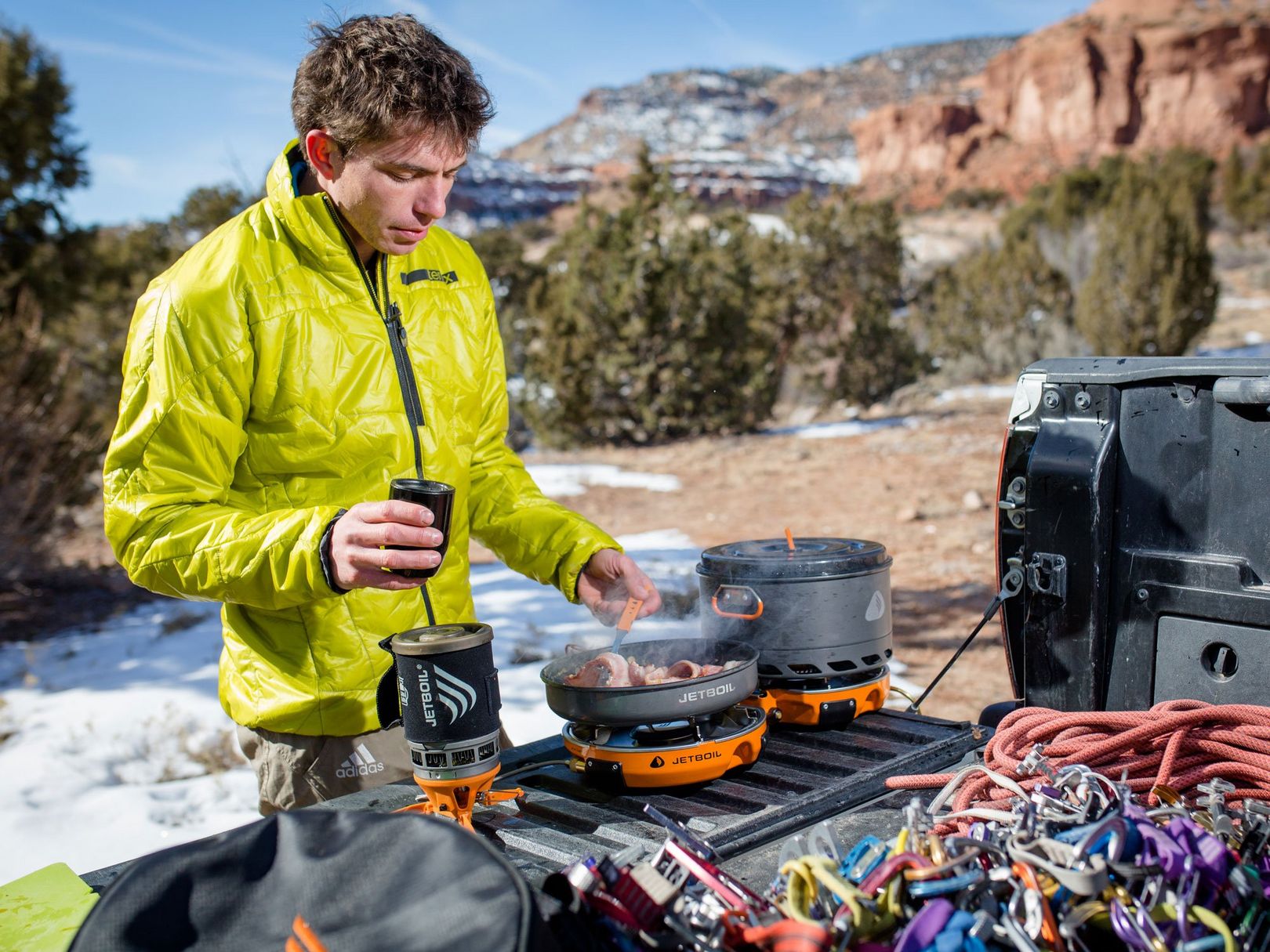
How to Safely Dispose of Canisters
Gas canisters can be widely recycled; however, you need to ensure they are completely empty and pierced before you dispose of them. Canister Recycling Tools is a simple device that will stab a hole ensuring the canisters are empty and safe, however you should only do this with smaller camping gas canisters. Larger cylinders are refillable and you can check the suppliers' website for the locations where you can have your gas cylinder refilled.
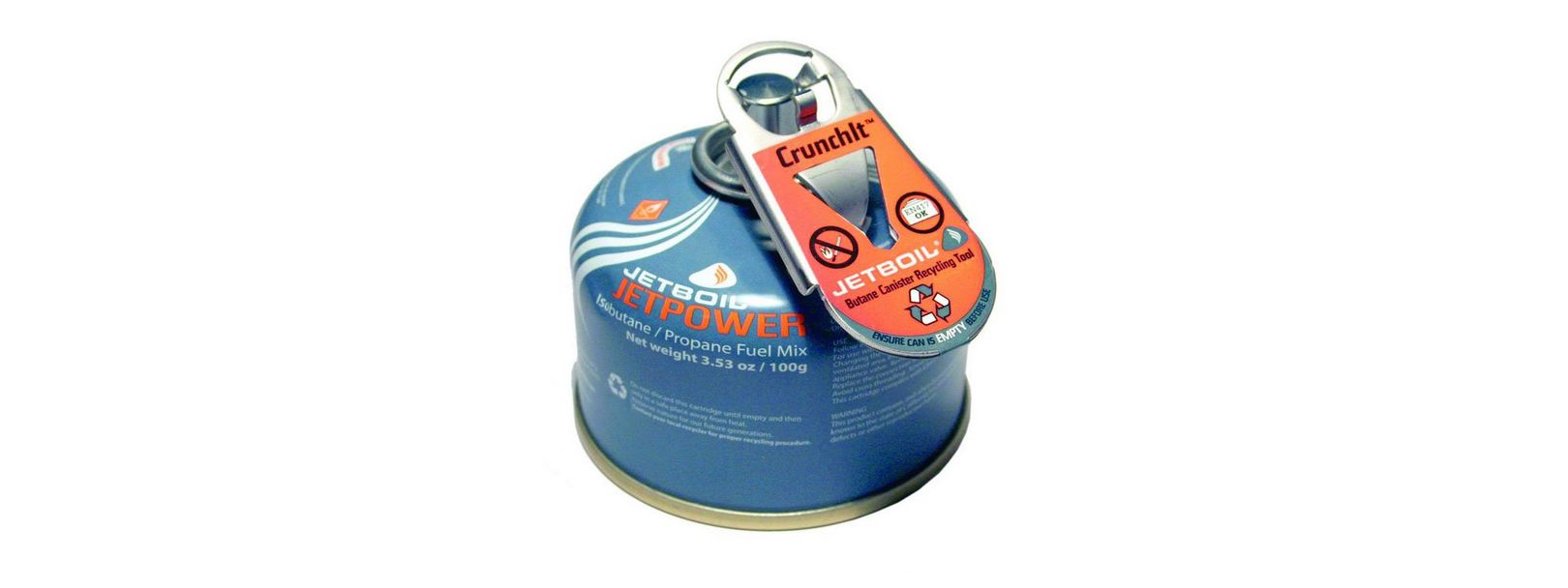
How To Use Gas Safely
The good news is millions of people camp every year and the vast majority will never witness a tent fire. You can make sure you stay safe by following some simple common sense rules.
Check your gas is set up properly - It sounds obvious, but many fires start with faulty or damaged equipment, or with perfectly good equipment that isn't correctly connected. Gas is invisible, so you can find any holes or leaks by brushing soapy water over the gas hose, regulator and joints.
Choose your location wisely - Don't set up your stove near the tent walls. Cook outside the tent in a well ventilated space. A gazebo or canopy extension can be helpful here, but the same fire safety rules apply!
Keep gas cylinders and flammable liquids (including alcohol, aerosol cans, kitchen roll and cooking oil) well away from any flames - A bottle of cooking oil knocked onto a stove is a very scary experience and can be very dangerous.
Keep matches and lighters away from children - Keep kids and pets away from the cooking area also when the stove is lit.
Do not smoke inside your tent!
If your site allows campfires, keep them well away from the tent - Watch out for hot embers landing on tents, and keep plenty of water or an extinguisher handy should the wind change direction or the fire get out of control. Same rules apply for BBQs too.
Make sure your stove or BBQ is level and stable - The last thing you need is for your stove to fall over in the middle of cooking.
NEVER bring a BBQ or campfire inside a tent - Charcoal and wood are unpredictable and can flare up, and also release poisonous Carbon Monoxide gas long after the flames have died down. Never be tempted to bring embers into a tent for warmth - Carbon Monoxide is a killer that claims lives every year, especially in winter when temperatures are low.
Learn the campsite safety rules, and where they keep the fire extinguishers - It pays to be ready and prepared for an emergency.
Pitch your tent wisely - Leaving a good gap between your tent and the neighbours' will ensure any fires don't spread. If you're asked to squeeze your tent between 2 others, ask for a different pitch.
Candles are extremely dangerous - They look nice and seem harmless, but should be treated carefully in the same way as a campfire or BBQ.
Have an emergency plan - Keeping a knife handy will allow you to quickly cut an emergency exit in your tent should the doors be blocked by equipment or fire.
Be aware of the risks and don't be afraid to listen to others - A campsite is a community, if we all look out for each other then we can all have a great holiday without any nasty surprises.
We hope that’s made the whole gas debate a little easier to digest. With so many options available, you're sure to find gas cylinder that works best for your camping trip. Discover our wide range of gas cylinders and camping fuel accessories available right here at Millets.
